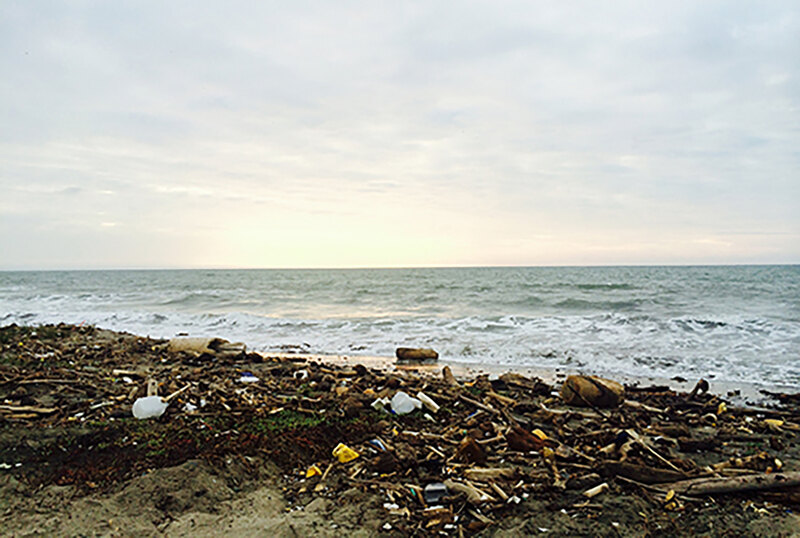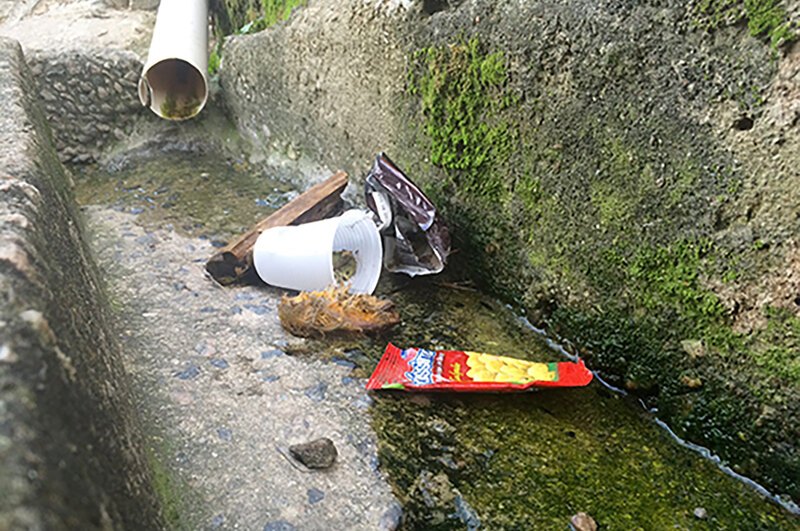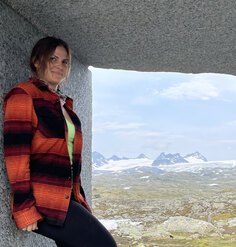Olmsted Scholar Feature: Waste + Abundance

By Kate Chesebrough, 2016 National Olmsted Scholar Finalist
Life creates life by making anew and reconfiguring material. Today, we are covering our planet with garbage. We have plastic bobbing in waters after storm events and hillsides strewn with illegal dumping. Waste in the landscape is an indicator of the need for care. Its presence uniquely signifies spaces that have been forgotten, are de-valued, or are otherwise being robbed of integrity. We must counter the mindset and the material of waste with creative strategies.
Philosophy of Waste
Trash is deeply seated in everyday cultural practice and is the result of deeply held values. Assigned worth indicates whether it was wasted or time well spent, wasted energy or a meaningful investment of intention. The concept of waste is a black hole that blame, regret, and frustration can be thrown into.
Garbage is a physical manifestation of manufactured materials with the eventuality of uselessness. The social and environmental costs of producing waste are externalized from the production of shiny new things. Wasteful practices depend on an economic system that prioritizes immediate gratification and maximum profits, but minimizes accountability.
Waste informs and creates scenarios outside of itself. Jane Bennett’s Vibrant Matter describes an “agency of things” that reverberate across natural and cultural systems. Waste is filling the landscape as it escapes the intended stream of material disposal. This is where landscape architects clearly need to act.
Political Challenge
As designers and landscape stewards, we need to have a seat at the table and exert influence during cultural, economic, and legislative discourse about waste. What if myths about the value of materials are kept alive by voices louder than our own? The opinion of the landscape architect is profound, as we speak on behalf of the landscape and the public as a codependent whole. Critical discourse about post-consumer waste means that it is no longer worthless, allowing us to re-identify with waste as both a concept and a material reality. That pause is the only place where ideas can be tested and change is possible. These are political acts. We all have a stake in this.
Design Solution
The presence of waste in the landscape is illustrative of how we can design better places and holistic systems. A thoughtful waste inventory reveals where it accumulates, what it is made of, and what it was used for. These patterns inform complex dynamics of cultural practices, user groups, topographic and hydrologic relationships, and how the site connects with others. This is an imperative design challenge, and our potential responses are limitless. We can lead the way to clean up the mess.
Toward Abundance
We can create places that hum with life at many levels. Our creative process must be generative if we wish to carry on. We must recognize waste as a political decision, as a social responsibility, and a material opportunity. We can accept this design challenge for the sake of the landscape. Together we will promote the agenda of an aesthetic of abundance.

2016 Olmsted Scholar Finalist, ASLA Associate Member, and SUNY-ESF graduate Kate Chesebrough is a landscape designer, artist, activist, and yoga instructor living in Ithaca, New York.










